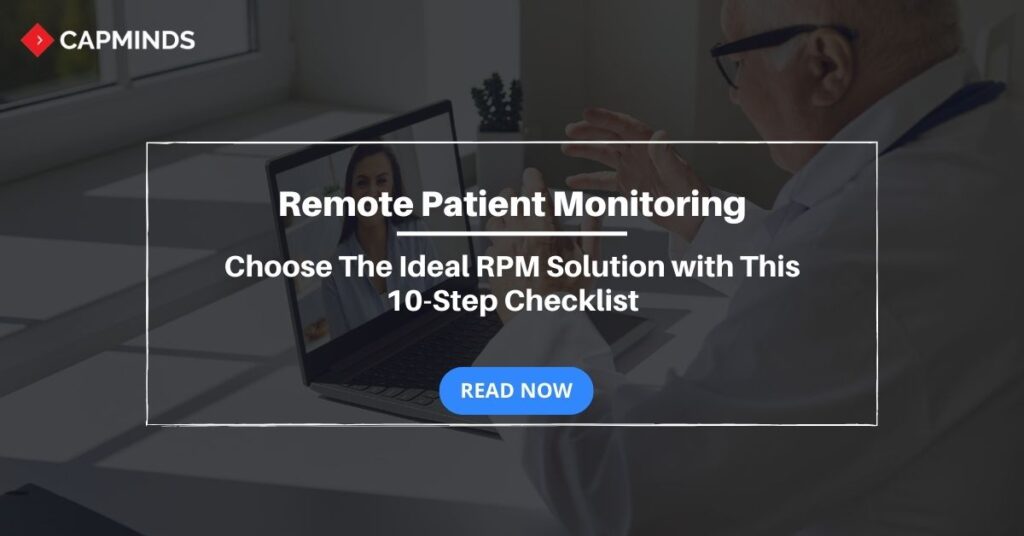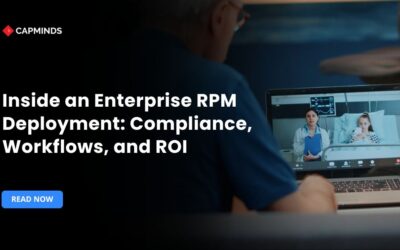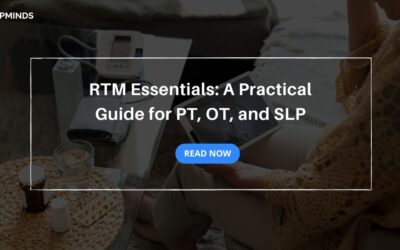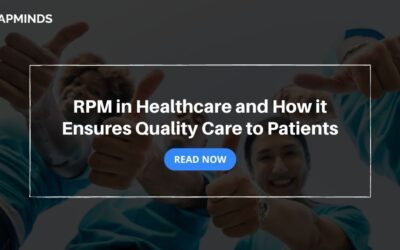Choose the Right RPM – Check This 10-Step List
The COVID-19 crisis accelerated the adoption of telehealth and remote patient monitoring (RPM) to unprecedented levels.
As virtual care becomes mainstream, healthcare organizations must validate RPM solutions not just for pandemic response but for sustainable long-term impact across populations and workflows.
This pivotal juncture requires asking the right strategic questions before buying – especially for scalability, clinical integration, and compliance.
Recent surveys indicate that 97% of healthcare systems currently implement or plan to expand RPM programs before 2023.
However, industry-wide challenges still threaten success. Up to 31% of RPM initiatives fail due to technical shortcomings and 68% struggle with clinician adoption. As the market gets crowded with vendors, identifying future-proof RPM technology is imperative.
Related: Remote Patient Monitoring 101: The Ultimate Integration Guide
10 key considerations for RPM purchase
This buyer’s checklist outlines 10 key considerations healthcare IT leaders should evaluate when selecting and deploying RPM systems for smart infrastructure modernization:
1. Flexible Integration Layer for EHR and Telehealth Stacks
An RPM platform should integrate closely with existing EHR interfaces and telemedicine solutions via APIs to drive provider adoption. Interfacing limitations risk clinical data gaps.
2. Support for Multiple Device Types and Vendor Agnostic Data
Look for sensor-agnostic platforms that ingest data from Bluetooth scales, glucometers, cardiac devices, wearables like Apple Watch, and more to accommodate evolving remote care needs.
3. Scalability for Program Growth
Evaluate if the solution architecture allows smoothly scaling up monitoring programs across different chronic conditions and patient populations without additional development costs.
4. Configurable Rules and Alert Management
Your clinicians should be able to establish thresholds for health indicators and customize alerts when patients trend outside boundaries so they can intervene faster.
5. Operationalize Patient-Generated Health Data
RPM software should integrate patient-generated data directly into workflows through EHR embedding and automatic documentation of remote care activities so clinical teams can act quickly.
6. PHI/Data Security Compliance
The platform should have safeguards to protect patient information with encryption, access controls, and auditing while enabling compliant data exchanges.
7. Analytics and Reporting
Look for advanced analytics, custom reporting, and visualization capabilities to derive population health insights from RPM data integrated across systems.
8. Patient App and BYOD Support
Support patients to use their own iOS/Android devices and tablets for RPM engagement without provisioning specialty hardware.
9. Clinician Workflow Optimization
Optimize deployment success via expert guidance on clinical protocol optimization, change management, and integrating RPM insights directly into existing telehealth and care coordination workflows.
10. Support Value-Based Care Models
Ensure the solution enables leveraging remote data to succeed under risk-based contracts and new healthcare payment models
Related: Real-time RPM Alerts and Notifications: Benefits of Implementing Rules Engines
Remote Patient Monitoring Solution from CapMinds
Be it treatment for anything, RPM’s role is vital. Its use of devices and delivering high-quality care remotely enables patients to relax and forget in-patient visit pressures.
Why choose CapMinds RPM?
- Simple new patient enrolment
- Manual & automated patient data access
- Customizable notification system
- Fully compliant billing
- Secure & HIPAA compliant
- Practice specific support
- Real-time tracking
- Better at-home chronic care management
- Reduced hospitalizations
- Efficient Remote Physiologic & Therapeutic Monitoring
- High-end Interoperability
- Easy service integrations and customizations – whatever you need!
CapMinds RPM solution allows patients to use digitally connected devices – like heart monitors and blood pressure cuffs to perform routine tests and share their health data with a healthcare professional. For more details visit our website and get started now with us on your journey to more success.
“Let’s make your practice more accessible to people around the world, together”




